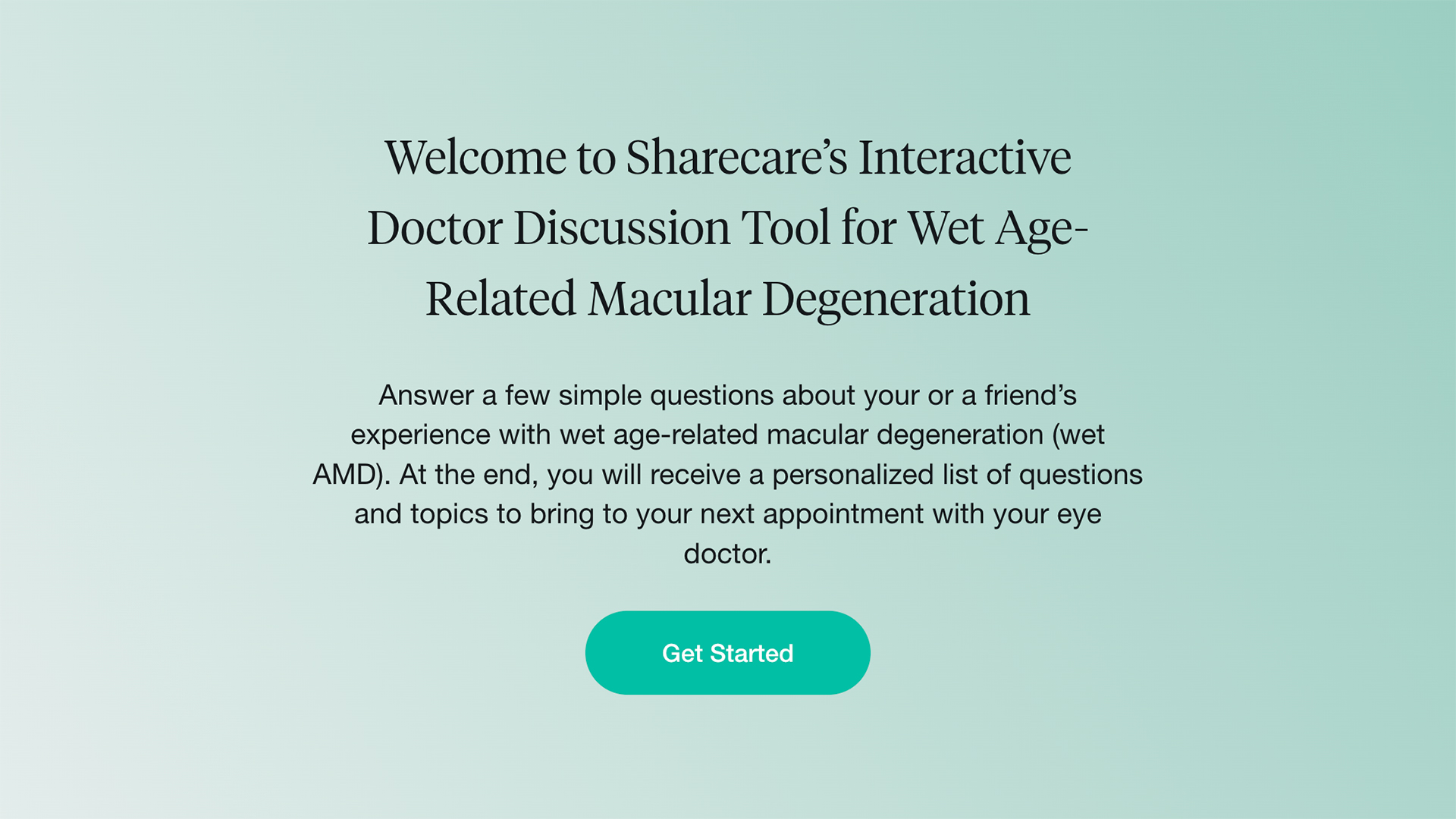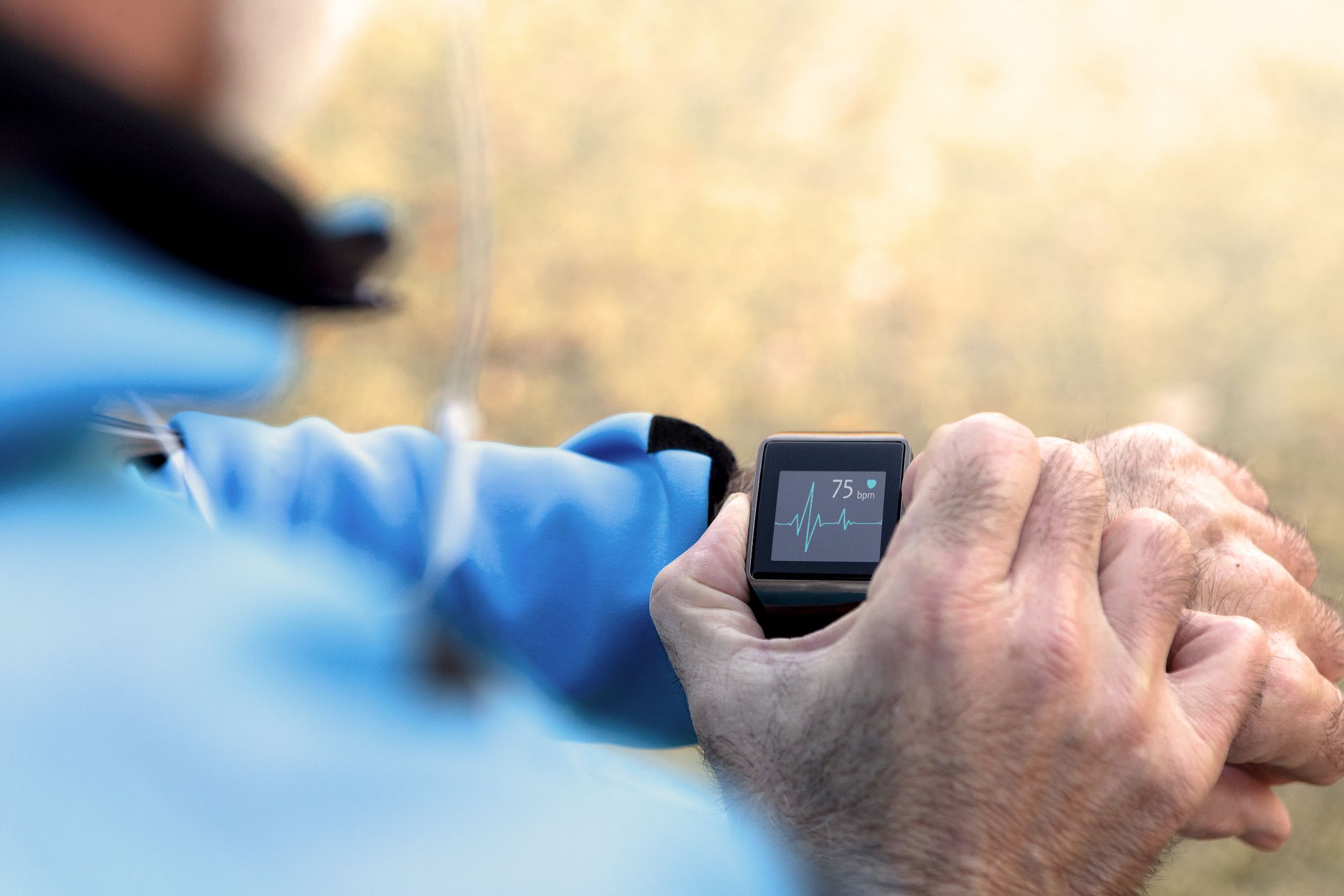Updated on December 1, 2023
Age-related macular degeneration (AMD) is a progressive disease, which means it can get worse over time. If you or a loved one has age-related macular degeneration (AMD), tracking your symptoms can help your healthcare providers recognize changes in your vision and address these changes as early as possible
Here, we’ll look at the different types of AMD, how AMD can progress over time, and strategies for tracking your symptoms.
How dry AMD can progress into wet AMD
There are two main types of AMD: dry AMD and wet AMD. Most people with the condition have dry AMD. With dry AMD:
- The part of the retina responsible for central vision (called the macula) becomes thinner. This occurs to everyone to some degree as they age.
- Small yellow or white spots form on the retina. These spots are called drusen and are deposits of cellular waste.
- A person experiencing dry AMD may not experience any symptoms or may begin to lose central vision.
There is no treatment for the early stages of dry AMD. Some people are prescribed antioxidant vitamins, which may help reduce vision loss. Staying physically active, eating a healthy diet, maintaining healthy blood pressure and cholesterol levels, and quitting smoking (if you smoke) are important to slowing the progression of the disease and preserving vision.
There are treatments available for geographic atrophy, an advanced form of dry AMD that can cause severe vision loss. Treatment cannot cure geographic atrophy, but may slow down its progression. More treatments are under development.
About 10 to 15 percent of people with dry AMD will progress to wet AMD, which is when abnormal blood vessels bleed or leak fluid, potentially leading to faster central vision loss. Wet AMD is treated with medications that block a protein called vascular endothelial growth factor (VEGF). These medications are called anti-VEGF drugs and can stabilize or even improve vision.
If your AMD starts to change from dry to wet, it may only occur in one eye at a time. This can make it harder to tell that your vision is changing, because the other eye will compensate for it. This is one of the reasons home monitoring is so important—it can help you and your eye doctor recognize vision changes as early as possible.
Home monitoring for AMD
Home monitoring is traditionally done with something called an Amsler grid, which looks similar to a piece of graph paper. You look at the grid with one eye at a time, and if any of the lines look wavy, blurry, or dark, you can let your eye doctor know. Although using an Amsler grid is very helpful, by the time you’re noticing any changes, there’s already been some vision loss.
There is also a more sophisticated home monitoring device called ForeseeHome, which can detect changes in the eye before you may notice them. If you have dry AMD that is at high risk of converting to wet AMD, the device may be covered by Medicare.
Another home-monitoring tool is keeping a symptom journal. This can help you keep track of any possible changes in your vision and give you data to share with your eye doctor during your appointments. If you are keeping a symptom journal, follow these steps:
- Note any changes in your vision, and any differences between the vision in each eye. As noted, AMD my get worse in one eye at a time.
- Note anything that is getting more challenging. This can be something like using your phone or your eyes being bothered by glare. Your eye doctor can help you address these issues.
- Keep track of anything you are doing to treat AMD, such as taking nutritional supplements or receiving anti-VEGF injections for wet AMD. Note any improvements in your vision.
- Note your mood, outlook, and stress level. Vision loss can take a toll on your mental and emotional health.
- Write down what you eat. Nutrition plays an important role in the health of your eyes. A heart-healthy diet can reduce inflammation in your body.
- Track your blood pressure. If you are being treated for hypertension (which can have an impact on AMD), your healthcare provider may have instructed you to take daily blood pressure readings.
- Keep track of how active you are. Exercise is important to your overall health and the health of your eyes.
- Write down any medications you take, whether they are over-the-counter, prescription, or supplements, including herbal supplements.
- Write down any questions or concerns that you want to discuss with your eye doctor.
- Write down anything else your eye doctor told you to keep track of.
By monitoring your symptoms at home, you can help keep your vision as healthy and stable as possible with AMD.





